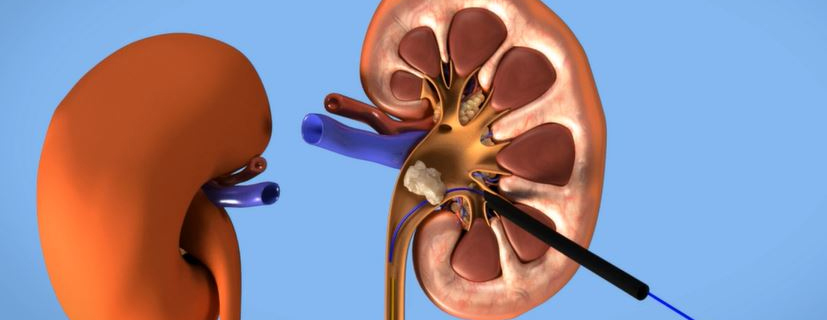Book Appoinment
PCNL


PCNL stands for Percutaneous Nephrolithotomy. It is a minimally invasive surgical procedure used to remove kidney stones that are large in size or located in a complex or inaccessible part of the kidney. PCNL is typically performed under general anesthesia by a urologist.
During the procedure, the surgeon makes a small incision in the patient's back and inserts a hollow needle into the kidney. Guided by imaging techniques such as fluoroscopy or ultrasound, the surgeon creates a tract through which specialized instruments are passed into the kidney. These instruments include a nephroscope, which is used to visualize and remove the kidney stones, as well as other tools like lithotripters to break up larger stones.
Once the stones are located, they can be fragmented using various techniques, such as laser or ultrasound energy. The surgeon may also use forceps or a special basket to remove the smaller stone fragments. In some cases, a larger stone may need to be fragmented into smaller pieces before removal.
PCNL is considered an effective treatment for large kidney stones or those that are difficult to reach with other techniques such as shock wave lithotripsy (SWL) or ureteroscopy. It allows for direct visualization and removal of stones, minimizing the need for multiple procedures. After the procedure, a nephrostomy tube may be placed to drain the kidney temporarily, and it is usually removed within a few days.
As with any surgical procedure, PCNL carries some risks, including bleeding, infection, damage to surrounding organs or structures, and complications related to anesthesia. The recovery time after PCNL can vary but generally involves a hospital stay of a few days, followed by a period of rest and gradual return to normal activities.
It is important to consult with a urologist to determine the most suitable treatment option for kidney stones based on factors such as stone size, location, and overall health.
